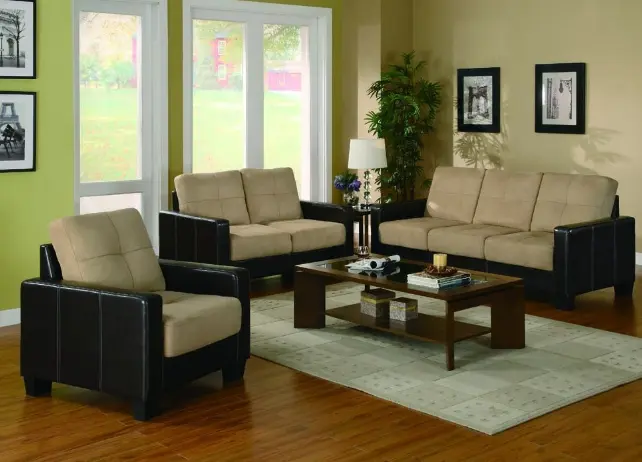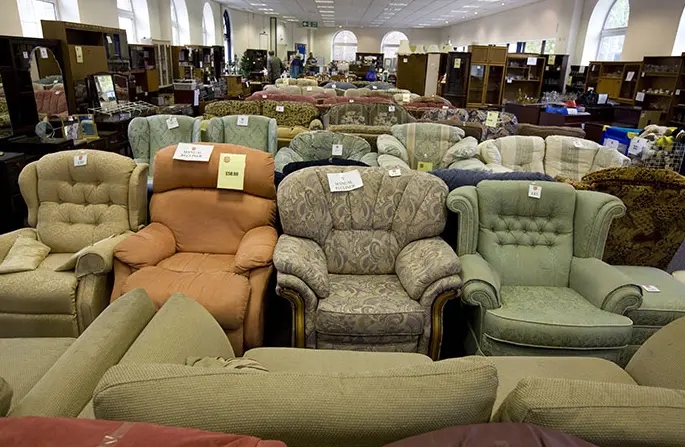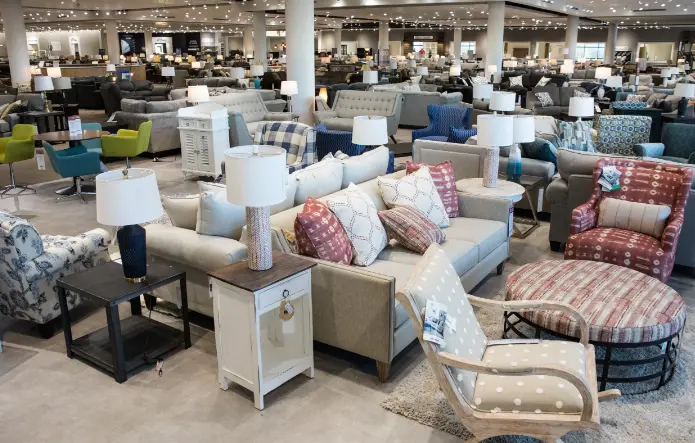When choosing furniture, there are many factors to consider, such as the style of your home, the size of the room, your budget, and your personal preferences. Here are a few tips to help you choose the perfect furniture for your home
Tips for Choosing Furniture
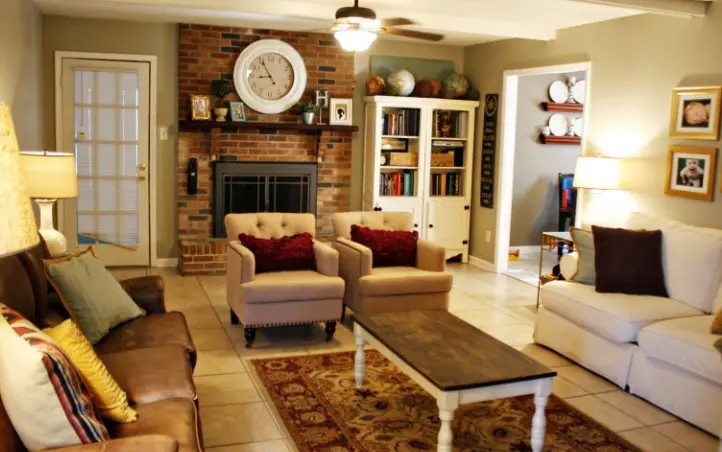
Choosing furniture can be exciting, but it can also be daunting. Here are some tips to help you find the perfect pieces for your space:
Factors to Consider
Space and Functionality
- Size: Measure your room and doorways carefully. You don’t want furniture that overpowers the space or blocks walkways.
- Function: Consider how you’ll use the furniture. Do you need a comfy sofa for lounging or a sturdy dining table for family meals?
Style and Aesthetics
- Personal style: Think about the mood you want to create. Modern, rustic, or traditional – choose pieces that reflect your taste.
- Existing decor: If you’re not redecorating entirely, choose furniture that complements your current color scheme and décor.
Quality and Durability
- Materials: Solid wood, quality fabrics, and strong construction will last longer. Consider your lifestyle – easy-to-clean surfaces or stain-resistant fabrics might be necessary.
- Comfort: Sit on furniture before you buy! Make sure it’s comfortable and the right size for you.
Styles and Designs
There are many different furniture styles to choose from, each with its own unique look and feel. Here are some of the most popular styles:
- Modern: Modern furniture is characterized by clean lines, simple shapes, and a focus on function. It often uses materials like steel, glass, leather, and concrete.
- Mid-Century Modern: Mid-century modern furniture is a style that originated in the mid-20th century. It is known for its use of organic shapes, tapered legs, and muted colors.
- Scandinavian: Scandinavian furniture is known for its simplicity, clean lines, and use of light wood tones. It is often designed to be functional and space-saving.
- Traditional: Traditional furniture is characterized by its classic and timeless design. It is often made from high-quality materials like wood and upholstery, and features details like carvings and turned legs.
- Farmhouse: Farmhouse furniture is a style that is inspired by rustic farmhouses. It is often made from natural materials like wood and metal, and features a distressed or unfinished look.
- Industrial: Industrial furniture is a style that is inspired by factories and warehouses. It often uses materials like metal, concrete, and reclaimed wood, and has a raw and unfinished look.
Quality and Durability
When it comes to furniture, quality and durability are the cornerstones of a wise investment. Here’s a breakdown to help you navigate the furniture landscape and choose pieces that stand the test of time:
Material Matters
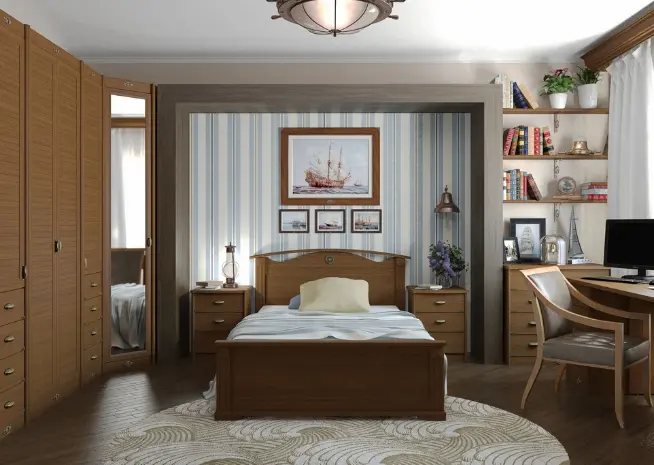
- Wood: Solid hardwood like oak, walnut, or maple reigns supreme in durability. Softer woods like pine are easier on the wallet but more prone to scratches and dents. Plywood offers a good compromise, balancing strength with some flexibility.
- Upholstery: Leather is legendary for lasting and being easy to clean. Fabric options like tightly woven cotton or synthetic blends can also be highly durable. Look for high thread counts and avoid delicate materials.
- Metal: Sturdy metals like steel or wrought iron provide excellent strength for frames and legs. Aluminum offers a lighter option but may dent more easily.
Construction Counts
- Joinery: How the furniture is assembled is key. Look for dowel joints, mortise and tenon joints (榫卯 – sūn mào in Chinese), or metal brackets for long-lasting stability. Avoid furniture where pieces are simply glued together.
- Frame: A solid wood frame is the gold standard, but a well-made plywood frame with hardwood reinforcements can also be durable. Steer clear of furniture with flimsy particle board or MDF frames.
- Springs (for upholstered furniture): Eight-way hand-tied springs are the champions of durability, followed by sinuous springs. Avoid furniture with just webbing for support, as it can sag over time.
- Cushioning: High-density foam cushions will hold their shape longer than low-density ones. Consider cushions with a firmer core and softer top layer for both comfort and support.
Read more: The Future of Furniture
Beyond the Basics
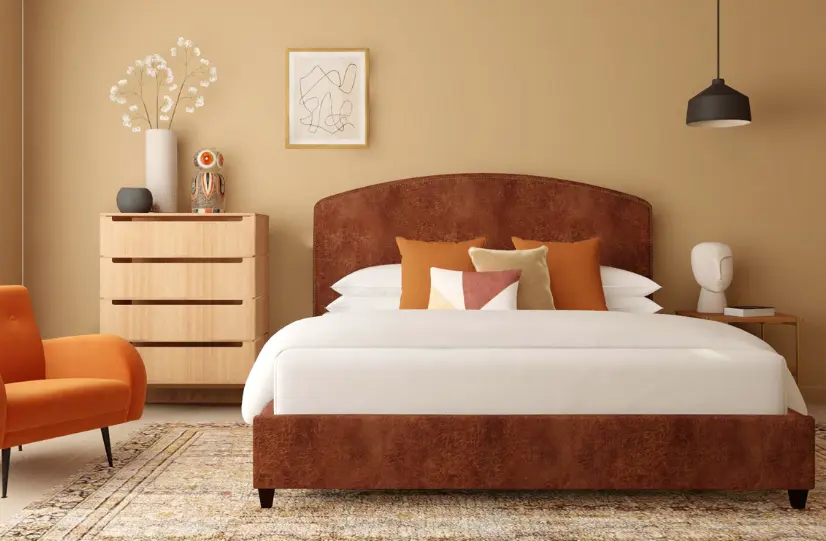
- Finish: A high-quality finish protects the furniture from wear and tear. Look for a finish that is evenly applied and scratch-resistant.
- Weight: Generally, heavier furniture indicates a more solid construction. However, very lightweight furniture isn’t always a dealbreaker, especially for occasional use items.
